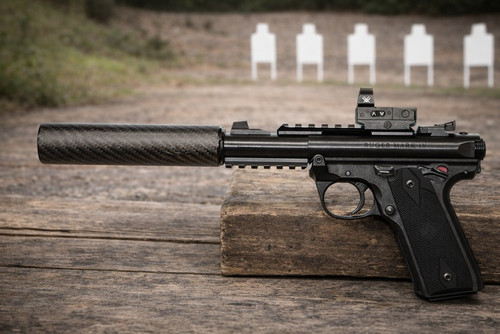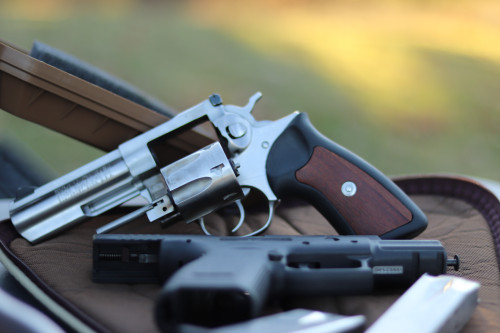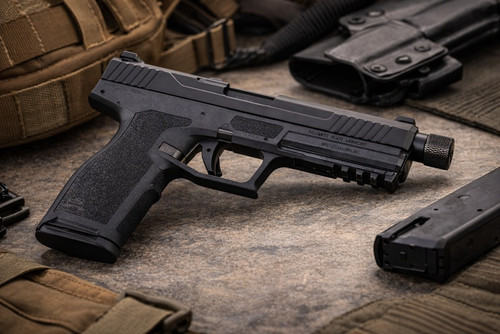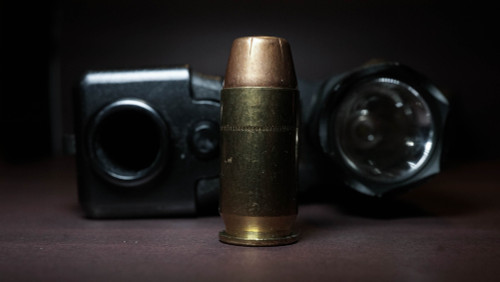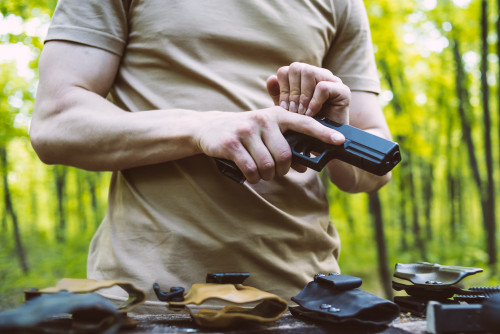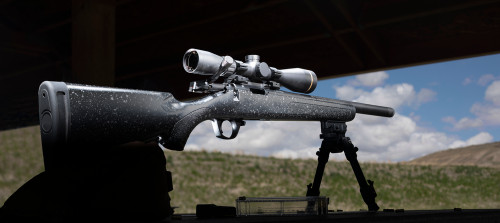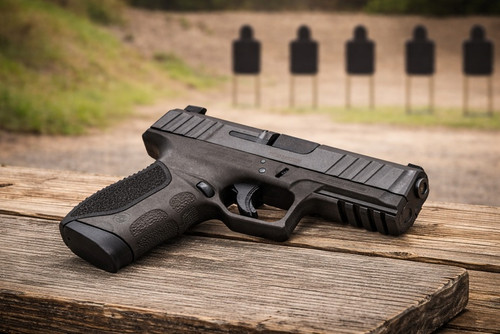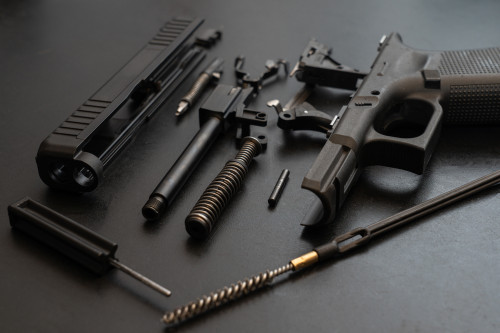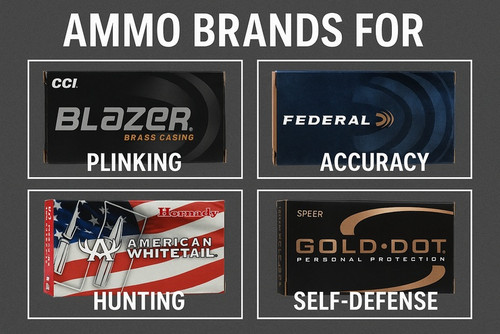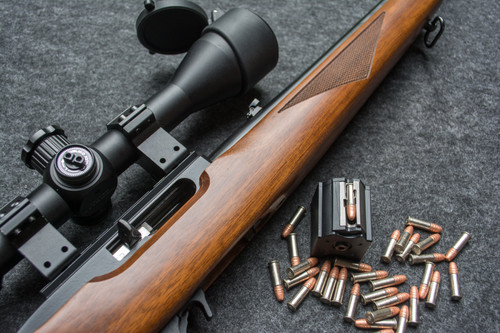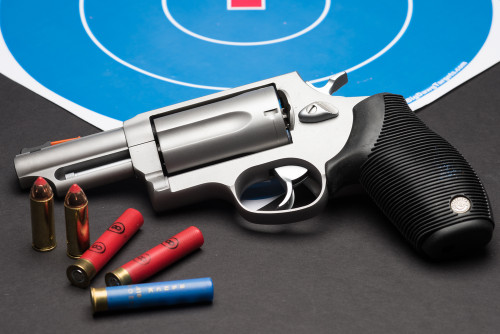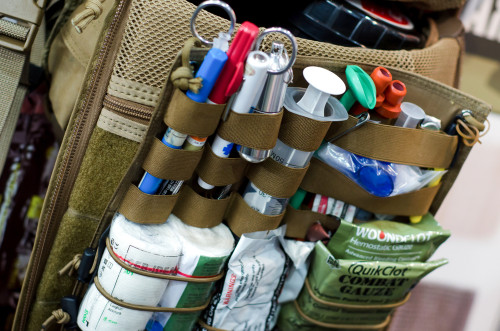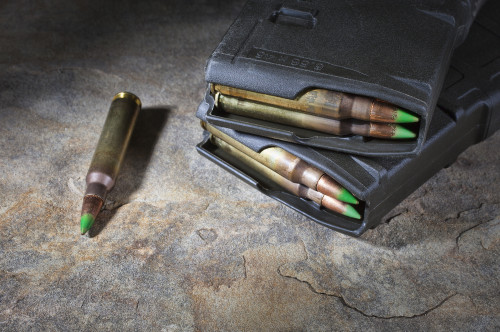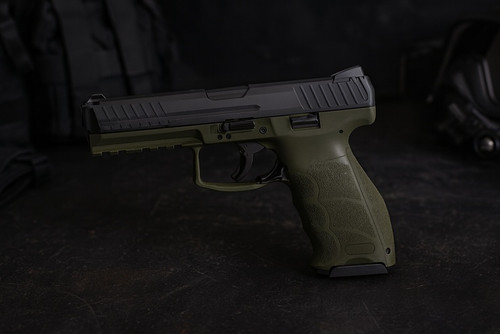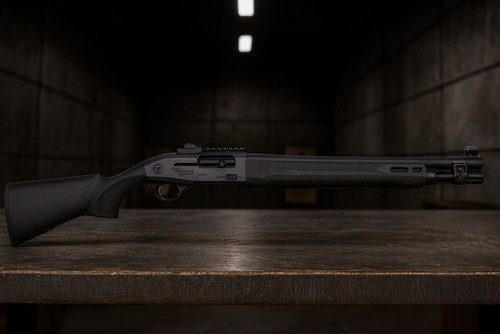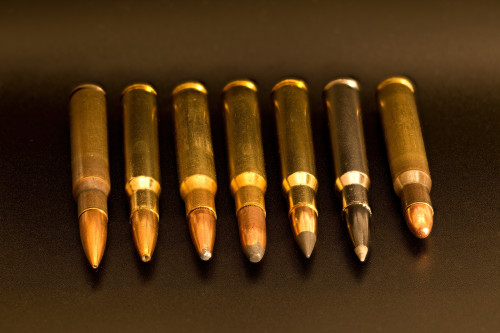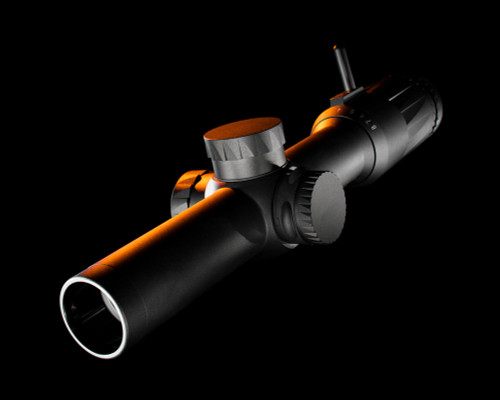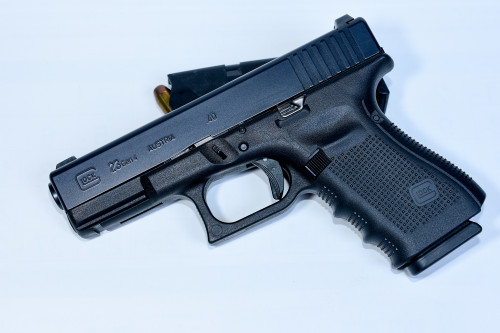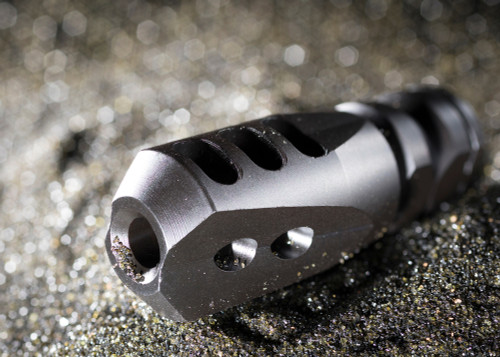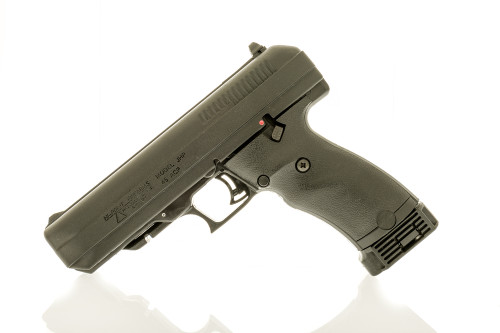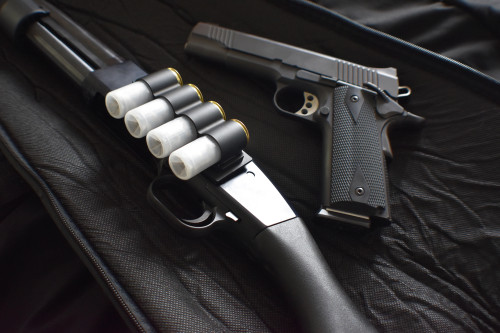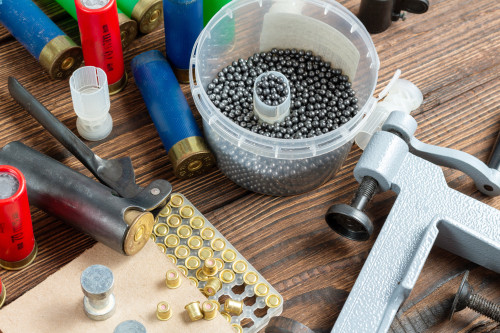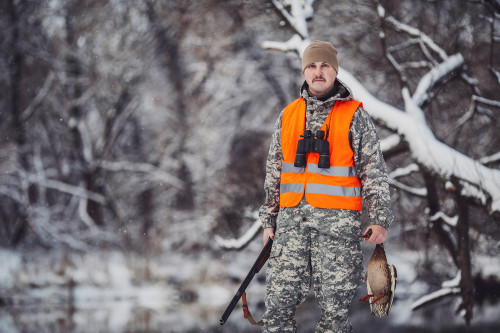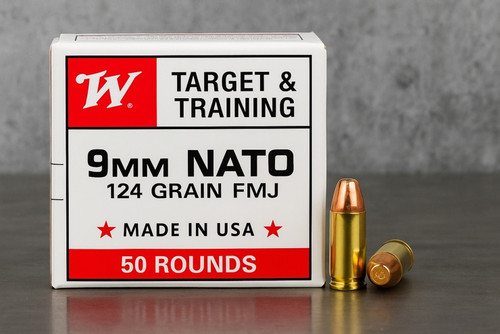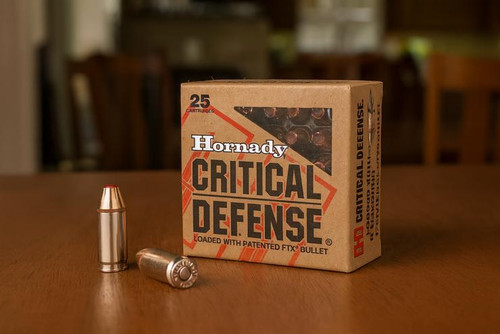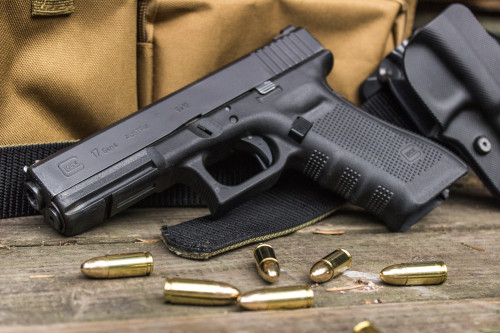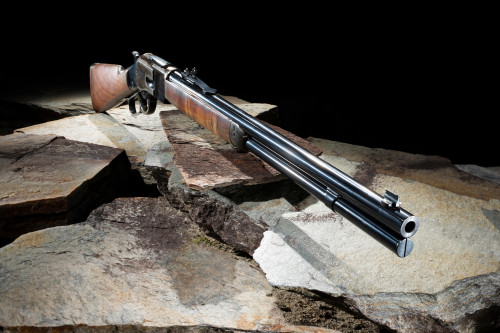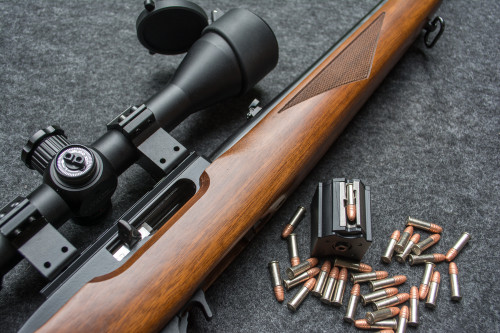Proper etiquette — at a gun range? Does that mean doing all your mag dumps with your pinky out? Maybe in the UK. But this is America. We drink beer — with a closed fist.
The point is: etiquette is different everywhere.
In reality, the word “etiquette” doesn’t have anything to do with drinking tea the right way or choosing the right fork at a dinner party. It just means following the official (and unofficial) rules of behavior in your environment. Every situation has an etiquette, whether you’re on an airplane, in a movie theater, at a gym, or wherever. The same is true of gun ranges.
Any time you visit a gun range to develop your shooting skills, it’s important to have a good understanding of the requirements and how to behave. While every range is different, this guide will explain the basics of gun range etiquette and provide some tips to help make sure you get the most out of your range time while avoiding some embarrassing mistakes.
(Source: https://www.clackamas.us/pstc/pistolleague)
What Is Gun Range Etiquette?
Gun range etiquette encompasses the official and unofficial rules shooters are expected to follow at a gun range. Etiquette here varies depending on the range type (indoor or outdoor), ownership (public or private), usage (tactical, competition, 3-gun, clay shooting, etc.), geographical location, and more. But to keep it simple, we’ll focus on principles that generally apply anywhere. Just remember the specifics will vary (so do your research on the range you plan to visit).
A shooting range is a higher-stakes environment than a country club — there are more requirements that are more strictly enforced. Etiquette at a gun range is not voluntary — it’s mandatory. If someone tells you you’re wrong, don’t have a road rage moment. Put your ego aside and make the necessary adjustments.
The point is, a gun range is not your house or your backyard. We’re doing something with heightened danger, in close quarters, with strangers. We must respect other shooters, as well as the range both as a training facility and a business operation. Failure to do so could get you booted — and rightfully so.
We’ll go into the details in a minute, but gun range etiquette generally comes down to four principles:
- Listening/paying attention
- Not screwing around
- Not being a jerk
- Following the four rules of gun safety (see below)
If you can do all that, you’re 95% of the way there.
NOTE: While basic gun safety is not the key focus of this article, safety is a key component of gun range etiquette, so we’ll touch on that first.
(Source: https://www.co.camden.ga.us/1176/Two-Rivers-Gun-Range)
15 Gun Range Etiquette Tips
Here are some key tips to keep in mind before you head out to the range.
Safety First, Always
Safety is always the top priority when dealing with guns — especially in a small, loud space full of people blasting away at paper targets.
Each gun range has specific safety rules you must know and follow, but all gun safety is based on the four fundamental rules of gun handling. Know these rules before using a firearm:
- Treat all guns as if they are loaded. This helps to build habits and instincts that prevent accidents. Guns don’t kill people; complacency kills people.
- Keep your finger off the trigger until you’re ready to fire. A gun can’t just go off on its own. The trigger must be pulled to shoot. Don’t touch the trigger until you’re ready.
- Always point the gun in a safe direction. This means, down range toward the target. Do this whether it’s loaded or not. Again, this builds habits that prevent accidents.
- Know your target and beyond. Never fire indiscriminately. You need to know what you’re aiming at, and more importantly, what’s behind it.
Visit Before You Shoot
It’s always a good idea to drop in for a visit at a new range (or if you’re a new shooter), just to check it out and get the lay of the land. Observe other shooters, talk to the owner, get a feel for the culture, and ask any questions you might have. If everything looks good, come back with your gun, ready to train.
Sidenote: While you should typically refrain from bothering someone while they are shooting, most gun enthusiasts love to help newbies. So, they are more than happy to answer questions, provide suggestions, and offer advice.
On the flip side, visiting also lets you know if this is a range you don’t want to shoot at. Is the place a mess? Are shooters acting safely — and if not, are they being corrected by staff? Better to learn this before you get to the firing line. If you get a bad vibe, find another range.
Know Key Terms and Commands
Gun ranges have all kinds of terminology that will be foreign to new shooters. Most of this stuff is intuitive and obvious, but it makes sense to understand some jargon before you go shoot:
- Range officer (RO) - The primary administrative and safety official at a shooting range.
- Cold range - Nobody is allowed to shoot.
- Hot range - Shooters are free to fire (so be aware).
- Cease fire - Immediately stop shooting, clear the gun, and put it on the bench.
- Clear - The gun is unloaded, the magazine is removed (if it has one), the safety is set (if it has one), and the slide is locked back (if it has one).
- Misfire - You pulled the trigger on a live round and nothing happened due to a dud round or weapon malfunction.
- Target - The thing you are aiming and shooting at.
- Downrange - The part of the range where bullets fly.
- Firing line - The horizontal line from which shooters stand and fire downrange.
- Firing lane - This is the part of the range an individual shooter occupies, perpendicular to the firing line.
- Backstop - The far wall or berm where your rounds will impact (behind your targets).
- Bench - The table where you place your gun when you’re not firing.
- Casings or brass - The empty metal shells remaining after you shoot.
Learn Range-Specific Rules
Every range has official rules posted within the facility and usually also online. Find and learn them before you go to shoot. Even if you knew the (written or unwritten) rules at a previous range, don’t assume they carry over between facilities. Every range has its own policies and culture. Learn them.
Aside from basic safety and organization, rules might include additional guidance and limitations on the following:
- Rates of fire - Some ranges might limit how fast or how often you can shoot to prevent the firing line from turning into a rapid-fire free-for-all.
- Caliber - For either practical reasons or personal preference, ranges might limit the calibers that can be used.
- Bullet speed - For the same reasons, ranges might apply a maximum velocity limit for the rounds you can use.
- Holster draws - Ranges might not allow you to draw from a holster to shoot. Some might allow it after some kind of qualification. You may just have to save that portion for dry-fire training.
- Speed reload - Ranges might also limit quick mag changes and other tactical maneuvers that could be potentially unsafe in close quarters.
- Target type - Some ranges might have specific requirements for the type, construction, and design of the targets you can use.
- Lane reservations - Some ranges might require a reservation before you can shoot. Others are first come, first serve.
In the end, if anything is unclear, just ask the primary authority for the range. It’s not a test. The staff is there to assist you. Better to ask first than to make some stupid, embarrassing, or dangerous mistake.
Dress for Success
Use safety equipment at the range, whether it’s mandatory or not. This includes, at a minimum, ear and eye protection. We also recommend wearing closed-toed shoes, long pants, and a higher collar. It’s not a fashion show or a day at the beach. If you’re unsure, look at the RO and wear what he’s wearing.
TIP: If the RO is wearing flip-flops, you probably want to find another range.

Peltor Comtac V Defender Coyote Brn
$799.99
Peltor
Prices accurate at time of writing
Remember, you’re not in a bubble. You’re in a room full of armed people with wide discrepancies in skills and experience. While good ranges do all they can to prevent accidents, don’t take anything for granted. Take your safety gear seriously. Wear ear protection and eye protection when the range is hot.
Bring the Right Gear
Having the right gear in your range bag is crucial for both safety and making the most of your time. A well-prepared range bag means you’re ready for anything, whether it’s ear and eye protection, tools for quick adjustments, or the right type of ammo. By having everything organized, you can focus on your training without scrambling for missing items.

Cci 22 Long Rifle Standard Vel Intl 50/5000
$3.92
Cci
Prices accurate at time of writing
For those looking to improve their shooting, starting with a .22 pistol is a smart move. It’s affordable, has minimal recoil, and is perfect for honing your skills before moving up to larger calibers.
Respect the Range Officer
In our “everyone gets a trophy, I am never wrong” world, we’re not accustomed to dealing with authority. This is how people get in trouble with police officers, flight attendants, and other officials in unique spaces with specific requirements. At a gun range, the main authority is the range officer.
The RO has total authority over the range. There is no nuance or room for debate. This is not a democracy. Nobody cares if you know better or “how they did it in the Army.” For the safety of everyone involved, all shooters must be on the same page. If you can’t accept that, go shoot in your backyard.
Also, be patient with the ROs. They have their hands full monitoring the entire range to keep everyone safe. Don’t add to their problems.
What If There is No Range Officer?
In some parts of the country, there are public ranges without range officers. At these open ranges, you can shoot whenever you want, as long as you follow local laws. But remember, it's a "shoot at your own risk" setup.
Whether or not you feel comfortable shooting at a range like this is totally up to you. Some folks might see it as unsafe — after all, a range without an official in charge is only as safe as the most responsible shooter there.
That’s why teamwork is key. It’s usually a smart move to pick someone to act as a temporary Range Officer (RO). If you do, respect their authority just like you would with an official RO. If you show up with a group, talk about safety protocols and respect whoever is put in charge. If no one's been picked, maybe suggest it, or at least agree to respect each other's safety guidelines.
Not everyone will always agree with your approach, and if it’s your first time at the range, it can feel a bit intimidating. That’s why bringing along an experienced buddy is always a good idea. Open, respectful communication can go a long way in keeping everyone safe — and who knows, you might make a few friends along the way.
But if you get to a range with no RO and the other shooters are being careless or don’t want to agree on safety rules, it’s probably best to pack it up and come back another time. It’s better to avoid trouble than risk getting hurt, even if they give you a hard time for leaving.
Follow Loading Protocols
Never load your gun behind the firing line. When you enter the range, carry your clear and unloaded gun to your firing lane and place it on the bench. Wait for a command to load or another indicator that the range is hot.
Lights or flags might be used to indicate a hot range. Red generally means “don’t shoot” or “cold range.” Green usually means the range is hot and you’re clear to load and fire.
Also, never put a loaded gun on the bench in front of you. Always clear and lock the gun before setting it down.
Follow Shooting Protocols
Once your gun is locked and loaded, you might need to wait for additional instructions before you can fire, depending on the range. Otherwise, you are free to shoot if the range is hot. Follow the rules for rate of fire, holster draw, speed reload, etc.
Even if there are no specific rules about unloading mags like a madman, you should ask yourself: What is my goal here? Range time and ammo are expensive. Best to use the opportunity to train and improve your skills to be a better and more accurate shooter, not just to get your rocks off sending lead downrange.
Also, never break the 180-degree line with your muzzle, with that line being perpendicular to your firing lane.
When you’re finished shooting, clear and lock your gun. Remember, when you clear your gun, always remove the magazine first, rack the slide, then visually and manually inspect the chamber. Place the cleared and locked gun on the bench.
Understand Target Rules
Some ranges have specific requirements for targets. Make sure you know those rules, before you buy a bunch of targets you might not be able to use. When in doubt, ask.
Want great range targets for FREE? Download the new Pro Armory Target Pack.
Most indoor ranges have automatic target machines. It probably seems pretty simple, but do some research so you know when and how to use them. You might only be able to change targets at certain times.
On outdoor ranges, targets are usually changed at specific cold range intervals because they need to be done so manually. Please don’t change your target with bullets whizzing past.
TIP: Never shoot a target in another lane! It’s dangerous and infuriating to anyone training seriously.
Clean Up After Yourself
Yes, you’re paying to be at the range, but it’s also a community. Pick up after yourself, regardless of the rules.
This also includes collecting your spent brass. No one wants to deal with your mess of casings. That said, if your brass (or some other item of yours) falls into the firing line, don’t just go out there to get it. Contact the RO and they will sort out a solution.
Also, don’t steal anyone else’s brass. Some people like to collect their casings and reload them. Their brass belongs to them until they abandon it.
TIP: If a range officer tells you that you can’t collect your own brass, it’s because they want to collect it and sell it themselves. This is SHADY. Find another range.
Don’t Be a Brass Goblin
Picture this: you’re at the range, minding your own business. You fire a round and a spent casing flies over your shoulder. Out of the corner of your eye, you catch a raggedy-looking gentleman scrounging around on the ground. He picks up your casing and scrambles back to the shadows. This is a brass goblin. Most of the time, they’re just annoying, but sometimes they can be dangerous.
If this is you, check yourself.
Reloading spent shells can save you a lot of money, but scrambling around to catch spent casings at a gun range is not the best approach. You might bump into someone and cause them to shoot in a direction they did not intend. Startling someone with a firearm is bad news. Plus, you never know if the shooter plans on using that brass themselves.
If you really want to collect brass from fellow shooters who don’t reload, don’t be obnoxious. Maybe put a jar next to you that says “I collect brass” or “Spent Brass” to inform people you’ll take their unwanted casings.
TIP: If you run into a brass goblin, and they are being particularly annoying, tell the RO. If there is no RO, consider calling the police.
Be Considerate of Other Shooters
Everyone is at the range for their own reasons or goals. Don’t make any assumptions about people and don’t offer unsolicited advice. Of course, if someone asks you for advice, feel free to answer. Otherwise, don’t bother or talk too much to other shooters on the firing line unless it’s an emergency.
Don’t monopolize lanes. How long have you been there? Is there a time limit? If not, is there a line of people waiting to shoot? Everyone’s time is valuable, so keep an eye on the clock and don’t overstay during peak hours.
If there are no specific rules about caliber or fire rate, use your best judgment. If an elderly grandma is in the lane next to you, you might want to reconsider using your .44 magnum hand cannon. Think about the situation, pay attention, and act responsibly.
Finally, you need to maintain situational awareness. Don’t spend so much time trying to not be “that guy” that you become oblivious to some unsafe idiot wandering around. Keep your eyes open for idiots with guns — they’re everywhere.
Don’t Be a Show-Off
As we said, the gun range is not the country club — but that doesn’t stop people from treating it that way. Some people come to the range just to show off their flashy new gear. But here’s the truth: nobody cares.
People are there to shoot and train, and if you’re trying to show everyone about how awesome Noveske rifles are or polishing your Zev Tech custom Glock like it’s a Porsche, you’re being a jerk (see principle #3 above).
To be clear, there’s nothing wrong with taking your slick new Daniel Defense AR for a spin or testing out the best Eotech optic money can buy. That’s what ranges are for. But if you’re going to flaunt daddy’s money at the range, at least back it up with some skill.
Basic Social Rules Still Apply
While a gun range can be a strange place, normal social rules still apply. Don’t be a jerk. Be polite and courteous to others. Don’t bug people who are clearly busy. Leave your ego at the door. Respect personal space. This is simple stuff, but it’s easy to forget as an anxious or intimidated beginner.
Finally, just avoid doing anything stupid, childish, or clueless. Don’t take selfies or listen to music. No eating or drinking. Don’t shout or yell or otherwise run your mouth on the firing line.
A lot of this is just common sense. If you can’t figure it out, you should probably stick to water guns.
(Source: Photo byJoel Moysuh onUnsplash)
Final Thoughts
Etiquette rules vary from range to range, but most follow the basics we’ve covered here. Learn and follow the rules at your local range, so everyone can have a good time.
It’s not rocket science. The main things are:
- Pay attention
- Stay safe
- Don’t be an idiot
Respect other shooters and the range itself, and if you’re ever unsure about something, just ask. You might even make a few new buddies.
The goal is for gun range etiquette to become second nature, so you can focus on what really matters: improving your skills and building confidence.
Looking to train and get better at shooting, whether at the range or at home? Pro Armory offers online training to help you become more skilled and safe with your firearm. Sign up for our newsletter to stay updated on when training launches.
Don’t forget: you’ll need plenty of training ammo. At Pro Armory, we’ve got quality training ammo at affordable prices, plus all the gear you need to be range-ready from day one. Stock up on rifle, shotgun, and handgun ammo in all your favorite calibers.







